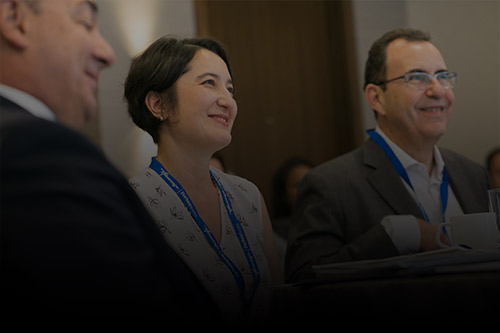In Greek mythology, the phoenix lives a long life, exits spectacularly in flames, and then rises from the ashes of seemingly permanent death to live and flourish again. All organizations experience a similar cycle – if they’re lucky. What makes the difference between failing permanently and mitigating and recovering from failure? Having a recovery plan.
“Failure” may stall our progress, but it doesn’t necessarily block it permanently if learning from it helps us avoid similar pitfalls down the road. But how exactly can we recover from failure and restart our progress toward final success?
Important research has identified some practices that help companies recover from failure more quickly. Amy Edmondson, Novartis Professor of Leadership and Management at Harvard Business School and author of Strategies for Learning from Failure (Harvard Business Review, April 2011) advises taking these measures:
- Minimize blame.
- Instead, create psychological safety.
- Understand the reason(s) for the failure.
- Be mindful of error prevention and mitigation
- New systems are proving grounds.
- Don’t shortchange yourself on analysis.
- Supportive culture fosters recovery.
Managers who master failure’s lessons improve their chances for advancement. These managers are the phoenixes, rising from the ashes of failure. Where do they land? – often in the C-Suite, where turnaround specialists, change-makers, and innovators abound.
READ THE COMPLETE ARTICLE HERE.
